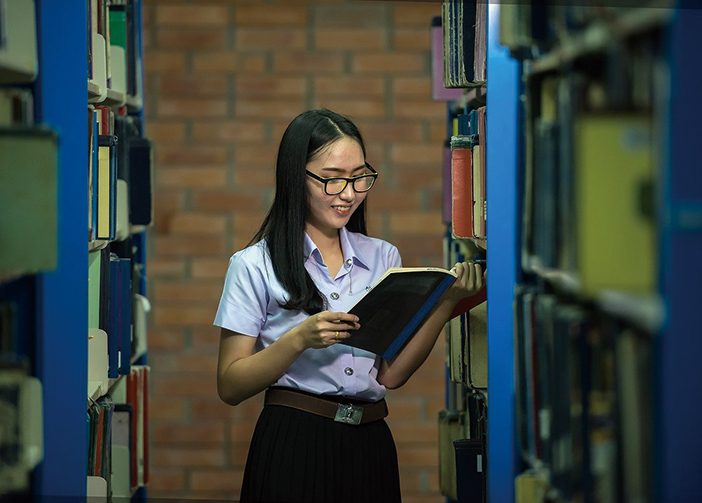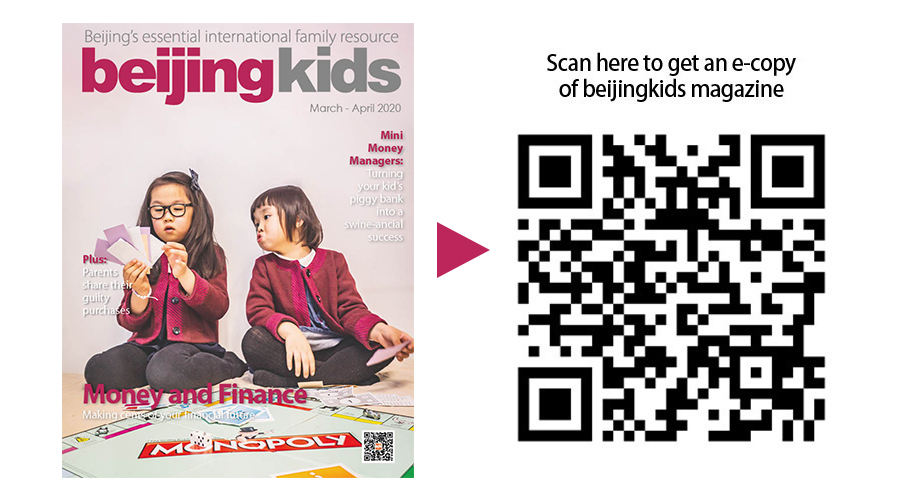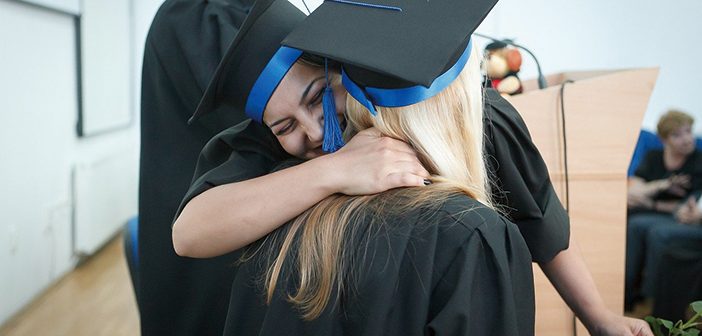Second only to finding the right career path, the hardest decision for parents and students to make is choosing which university to apply to. Even though universities are a dime a dozen, not all of them make the list of the most desirable academic institutions for applicants around the world. Schools like Harvard, Oxford, and Beijing’s own Tsinghua University are highly sought after, but that much harder to get into, and stand to be more expensive in terms of tuition fees for self-funded students.
Moreover, long before the first application is sent out, parents and schools try to provide advantages for prospective college applicants, all of which comes at a cost. Whether it is taking advanced placement (AP) classes to boost the odds in a student’s favor, spending money on tutors or extra classes after school, the financial commitment towards university begins well in advance.
With that in mind, when should families begin to financially prepare for university, and how much should they expect tertiary education to set them back?
To begin with, there is a slate of entrance exams students will need to take if they intend to go to college straight out of high school. For instance, if a student wishes to attend an American university, then they are likely to do one of three recognized exams depending on their international school’s curriculum. The SAT subject tests come with a price tag of RMB 550, plus an additional RMB 153-181 per exam. The ACTs price in at around RMB 1,160, whereas the International Baccalaureate (IB) costs around RMB 829. These prices of course do not include private school tuition, which in Beijing, could run you as much as RMB 125,465 a semester.
Choice of university and the major a student wishes to pursue is as much a factor in the price tag of the university experience as anything else. This holds especially true for public universities in the United States. One of the many reasons why such universities are so popular with applicants all over the globe is their world-class athletic programs. Should a student be active in sports, they are more likely to get a scholarship or some funding towards their education at such institutions. However if the applicants aren’t American, they aren’t entitled to federal funding. Nevertheless, popular choices among Chinese students include UCLA, with an average cost of RMB 299,000, RMB 282,000 for the University of Michigan, and RMB 348,000 for the University of Virginia. And that’s just for the first year.

If public universities aren’t to the taste of the applicant, then they might want to try their luck at gaining admission to a private American university. However, aside from being increasingly competitive, they make no distinction between majors or year level in terms of tuition cost. Top choices for China-based applicants include Harvard, at an average cost of RMB 358,000, New York University at RMB 368,000, and Massachusetts Institute of Technology (MIT) at RMB 368,000 per year.
An option that’s growing in popularity among university applicants is the Liberal Arts University option. Such universities boast smaller class sizes and an emphasis on foundational knowledge rather than vocational training. Moreover, like private universities, they tend to have flat tuition fees.
Unfortunately though, the cost doesn’t end there. Some of the expenses which parents are likely to forget are ‘incidentals’ and living costs incurred during their child’s university tenure. Room and board alone, whether on or off-campus, is likely to cost over RMB 139,000, with additional costs such as clothes, food, health insurance, spending money, and other miscellaneous expenses bringing the grand total to over RMB 174,000 per year.
Despite what is indeed a hefty bill to attend American universities, there are ways to cut down on the overall price tag. Exceptional grades might allow applicants access to good mid-tier universities. Such universities are more likely to spend money on high achieving students to maintain their performance. However, good grades alone are less likely to land applicants in top-tier universities. Applying to a lesser-known, smaller university might also be a good idea. Smaller universities tend to have more financial aid opportunities for exceptional students. Also, while in school, encouraging students to use rented or second-hand books can be an excellent way to cut down on spending. This is simply because no matter how good the course is, a student is not likely to use the books ever again. There’s also plenty of scholarships for just about every unique situation you can think of, from students who have a twin sibling to a scholarship for fans of zombie apocalypse scenarios.
There are also resources available for families seeking financial relief. Knowing whether your child’s dream school is a Need-Aware or Need-Blind University might also help to secure the financial aid you desire. Need-Blind schools are more desirable as they will not deny aid to a student based on the family’s ability to pay. However, only five such universities exist in the US, and are considered to be some of the most competitive. For American students, there is additional assistance. Students can fill out Free Application for Federal Student Aid (FAFSA) which determines the amount of federal aid a student is eligible for. They should also apply for the College Scholarship Service Profile (CSS) which determines the amount of institutional aid students stand to get.
Whatever the cost, it is an undisputed fact that a sound university education is worth its weight in gold. Admission to a top university could translate to a yearly salary of RMB 348,515 more than graduates from an average university. In some ways, we might say, when it comes to planning for university education and weighing the cost, what you put in is ultimately what you get out.
KEEP READING: What You Need to Know About Beijing Government Scholarships
Source: Figures and information courtesy of Crimson Education, Pixabay
 This article appeared in the beijingkids 2020 March – April issue
This article appeared in the beijingkids 2020 March – April issue




